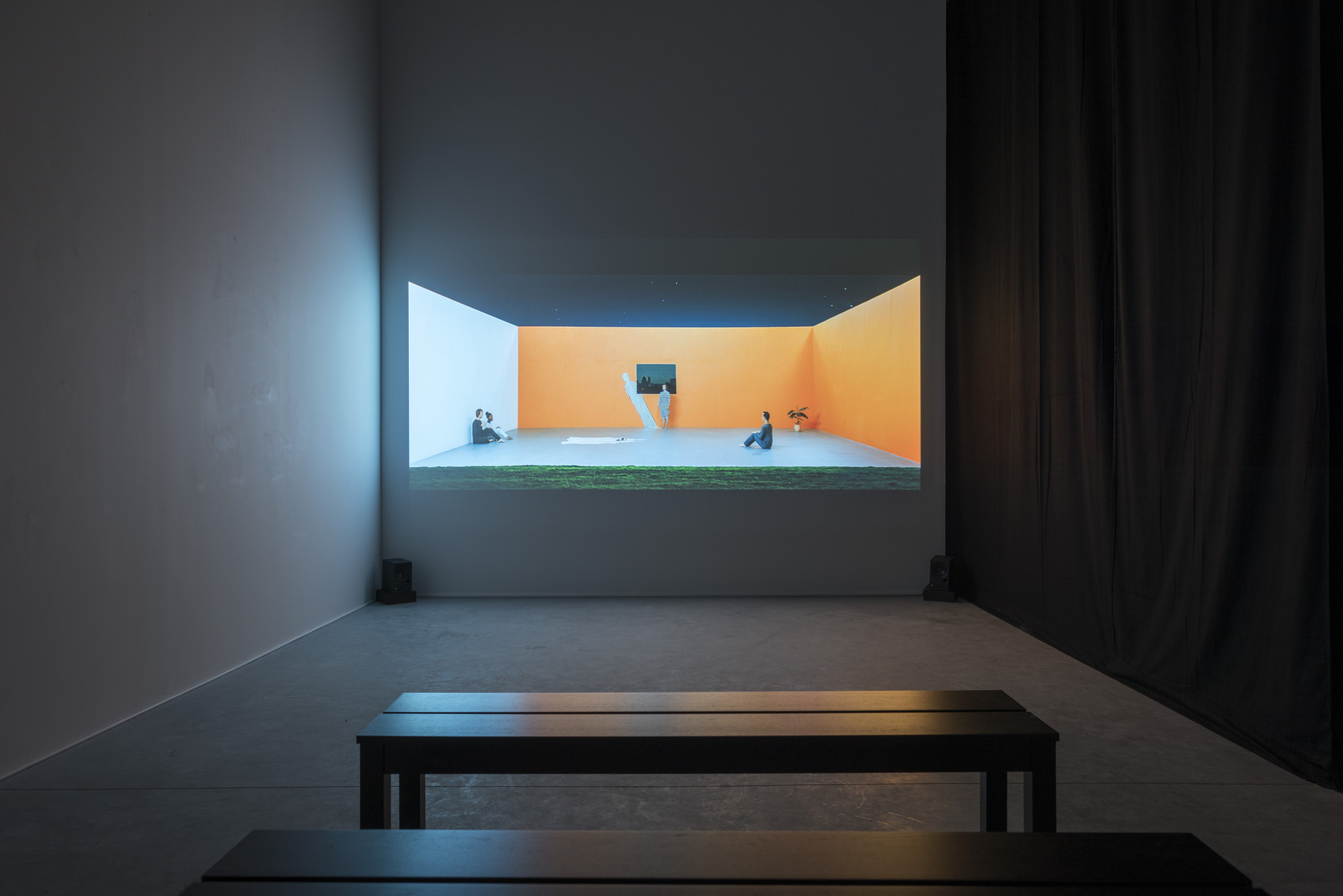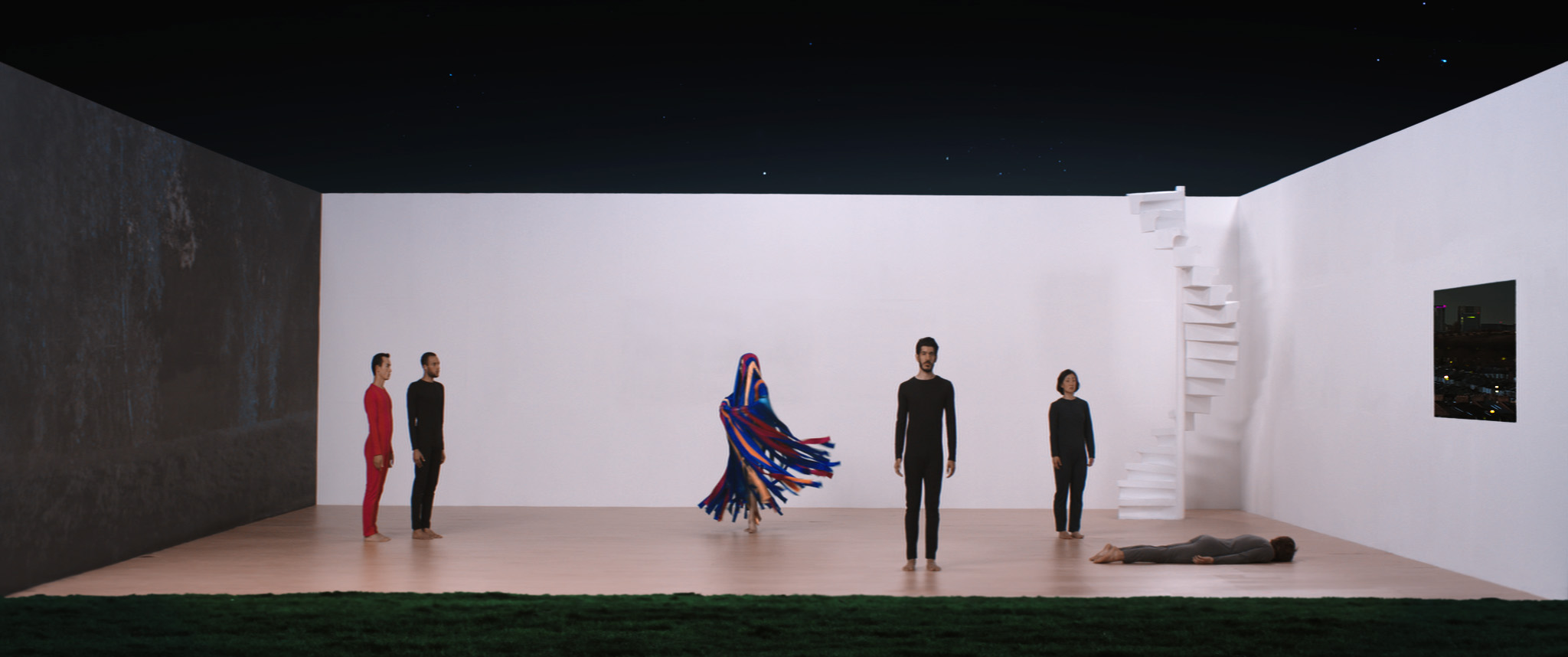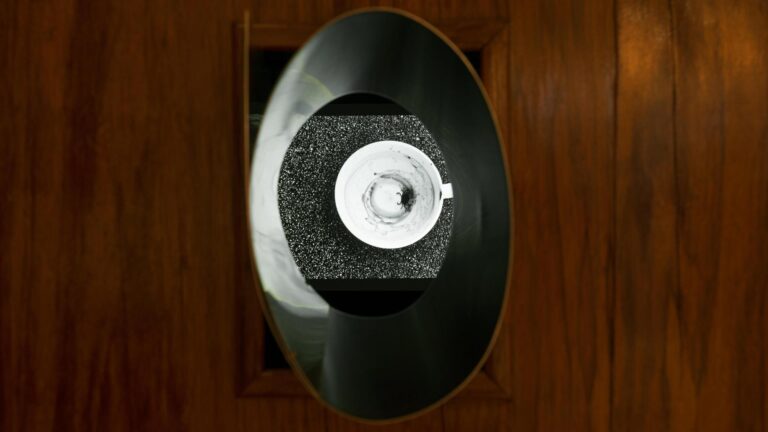Artist: Grace Schwindt
Exhibition title: Locating Live-ness
Venue: Zeno X Gallery, Antwerp, Belgium
Date: March 11 – April 18, 2015
Photography: Peter Cox. Images courtesy of the artist and Zeno X Gallery, Antwerp
We are delighted to introduce a first solo show by Grace Schwindt (°1979, Germany) at the gallery. Her new film installation Only a Free Individual Can Create a Free Society has already been shown at several institutions, often in relation to her sculptural work, and is now on view in Belgium for the first time. Only a Free Individual Can Create a Free Society was commissioned by FLAMIN Productions through Film London Artists’ Moving Image Network, Eastside Projects, Birmingham; The Showroom, London; Badischer Kunstverein, Karlsruhe; Contemporary Art Gallery, Vancouver; Site Gallery, Sheffield; Tramway, Glasgow; ICIA, University of Bath; and Zeno X Gallery, Antwerp. Supported by Arts Council England, Hessian Film Fund and The Jerwood Charitable Foundation.
With the thought-provoking title Only a Free Individual Can Create a Free Society, Grace Schwindt reflects on freedom. As often seen in her work, she digs into her own family history to question words, ideas, events or ideologies. She grew up in the region of Frankfurt at a time when the events of the Frankfurter School, the Outer Parliament Opposition and the Baader Meinhof Gang were a subject for political discussions in her family. In an attempt to revisit this particular period, she conducted an interview with a left-wing activist, a taxi driver, who reviews the political landscape of the 1960s and 1970s. This eight-hour-long conversation is one of the many components that structure the eighty-minute-long film. Everything, from the text to the camera movements, the dancers, the choreography, the objects, the light, the costumes, the architectural setting and the sound is equally important and must be seen as a whole, like a melody with a strict rhythm. The artist directs all these elements with great care and precision. In an interview, Schwindt describes her film as ‘a choreography’ or ‘score’ in which she develops a non-linear structure in which every movement, colour, shape and word is given a precise place. Although she deconstructs all these components into their most elementary appearance while eschewing expressive or emotional gestures or intonations in voices, nothing remains neutral. She is concerned with fixed visions and the idea of objectivity which is translated into a multi-layered perspective – according to her, a rather rare occurrence in capitalist society. She questions our current model of society and the way in which the individual is forced to navigate through it, both physically and mentally. Social relations and human behaviour are influenced by the structure and organisation of systems, spaces and life as such. This has an impact on one’s perception on freedom. The awareness of the body and its fragility always plays an important role in this research. The focus, in this respect, not only lies on the body of the performers, but on that of the viewer as well. For the first time, she approaches her new film as a film installation that consists of a wall of silk ribbons, organised according to a certain colour rhythm, which the viewer has to pass so as to enter into the darkened space to watch the film. Upon leaving the black box, viewers experience the sensation of the ribbons against their skin, heightening the awareness of their own body. In evoking a costume in the film, the intervention generates a déjà-vu effect. In this way, the artist seeks to expand and literally materialize the film and the experience thereof. Her designs for costumes, décor settings, objects and the movements of the bodies possess a sculptural quality, an aspect which she further explores in her autonomous sculptures. These are often connected to her films and performances and generally reference the same domestic context. Grace Schwindt meticulously combines and defines contrasting materials and forms in order to create tactile and suggestive sculptural works. She works with ceramic, burned furniture, glass, resin and several kinds of fabrics, with a preference for silk.
Through her oeuvre, Grace Schwindt investigates the meaning and location of live-ness in performances, film and sculptures. Live-ness, here, affects both the actor and the observer. Walking around one of her sculptures or through a film installation animates and activates the work and amplifies the experience. She envisions a broader and more intertwined relation between performer, observer and object, like actors that take on different roles and positions.
We are very proud to announce that the work Only a Free Individual Can Create a Free Society has been selected for Art Basel Unlimited 2015. During the festival Performatik in Brussels, her new film will be screened at Kaaitheater; other works will be on view at Argos Centre for Art and Media. At Kaaitheater, on March 26, Austrian dancer and choreographer Philipp Gehmacher will talk with Grace Schwindt on the use of props versus objects.
Grace Schwindt followed the residence programme at WIELS in 2012, during which she presented her film Tenant and a sculpture in two different group exhibitions. In 2013, she was invited by Museum M to present a new performance, Clean Air, at the Playground festival. Her films have been presented in several institutions, including, among others, Whitechapel in London, Nomas Foundation in Rome, Tate Britain in London, and the Centre for Contemporary Arts in Glasgow. In 2012 she had solo projects at Void Gallery in Derry and Collective Gallery in Edinburgh. Earlier, she was invited for a solo project at ICA London.
























